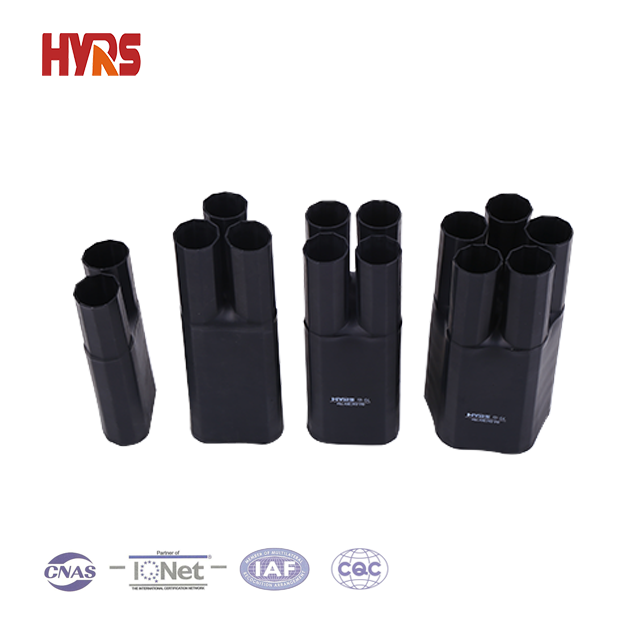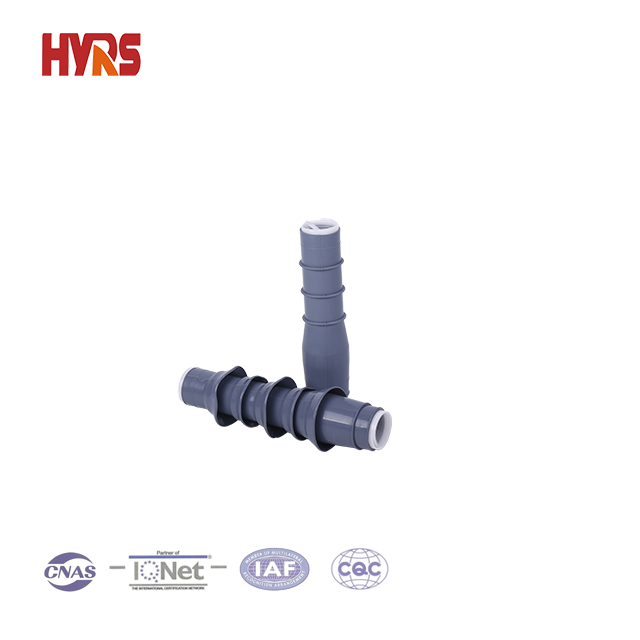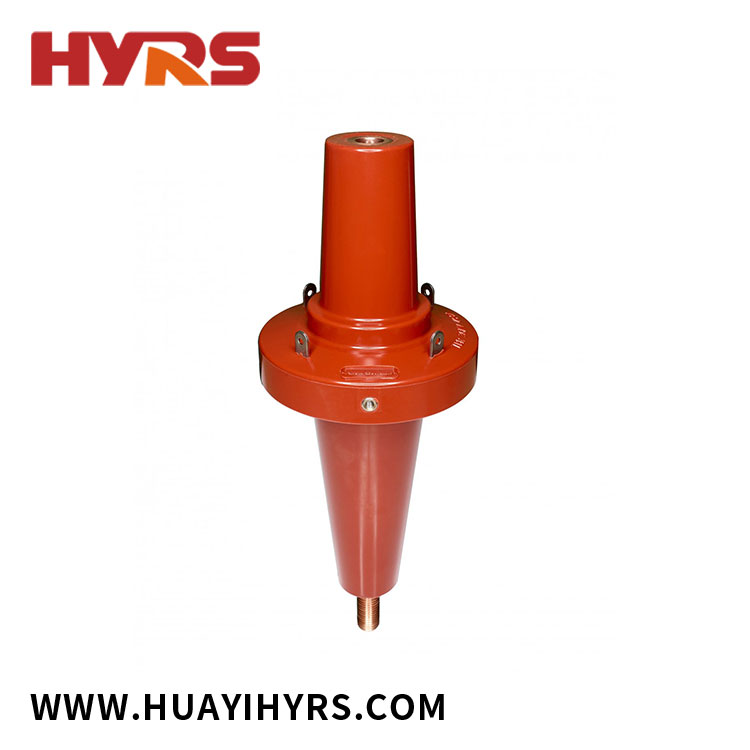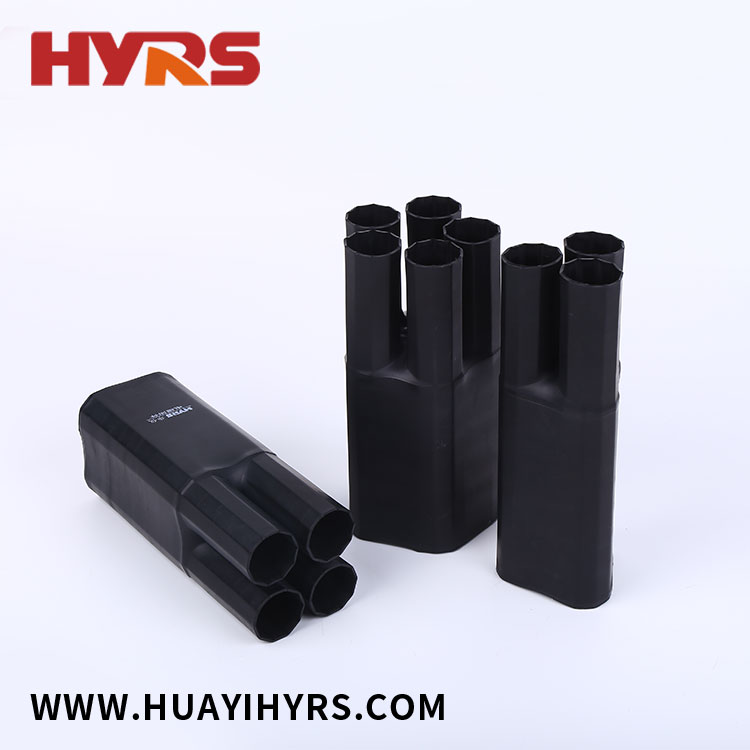A heat shrinkable breakout is a type of tube made from a heat-shrinkable material that is designed to protect and insulate the junction of multiple wires or cables. The tube is typically pre-expanded and has multiple short branches or legs to accommodate multiple cables.
Heat shrinkable breakouts are used to organize and protect wires and cables in a variety of applications, providing mechanical strength, stress relief, and insulation to the connections. The breakouts can be used in indoor and outdoor environments, and are particularly useful in harsh or demanding environments that require additional protection for the cables.
Heat shrinkable breakouts are typically made from materials such as polyolefin or PVC, and are available in a variety of sizes, shapes, and colors to match different applications. They are engineered with a specific shrink ratio and are available in different configurations based on the number of legs or branches required.
To use a heat shrinkable breakout, follow these general steps:
Choose the appropriate size: Select a breakout that will fit snuggly over the cables you want to protect and insulate.
Slip the breakout over the cables: Slide the breakout over the cables, making sure that the short legs or branches of the breakout fit securely onto each cable.
Apply heat evenly: Use a heat gun or other heating tool to apply heat evenly over the breakout, causing it to shrink and form a tight seal around the cables.
Inspect the installation: After the breakout has cooled, inspect the installation to ensure that the breakout is properly secured and protecting the cables.
The specifics of using a heat shrinkable breakout may vary depending on the application and the manufacturer's instructions. It is always best to follow the manufacturer's guidelines for the specific breakout being used to ensure proper application and performance.


 English
English  Español
Español  Português
Português  русский
русский  Français
Français  日本語
日本語  Deutsch
Deutsch  tiếng Việt
tiếng Việt  Italiano
Italiano  Nederlands
Nederlands  ภาษาไทย
ภาษาไทย  Polski
Polski  한국어
한국어  Svenska
Svenska  magyar
magyar  Malay
Malay  বাংলা ভাষার
বাংলা ভাষার  Dansk
Dansk  Suomi
Suomi  हिन्दी
हिन्दी  Pilipino
Pilipino  Türkçe
Türkçe  Gaeilge
Gaeilge  العربية
العربية  Indonesia
Indonesia  Norsk
Norsk  تمل
تمل  český
český  ελληνικά
ελληνικά  український
український  Javanese
Javanese  فارسی
فارسی  தமிழ்
தமிழ்  తెలుగు
తెలుగు  नेपाली
नेपाली  Burmese
Burmese  български
български  ລາວ
ລາວ  Latine
Latine  Қазақша
Қазақша  Euskal
Euskal  Azərbaycan
Azərbaycan  Slovenský jazyk
Slovenský jazyk  Македонски
Македонски  Lietuvos
Lietuvos  Eesti Keel
Eesti Keel  Română
Română  Slovenski
Slovenski  मराठी
मराठी  Srpski језик
Srpski језик 




